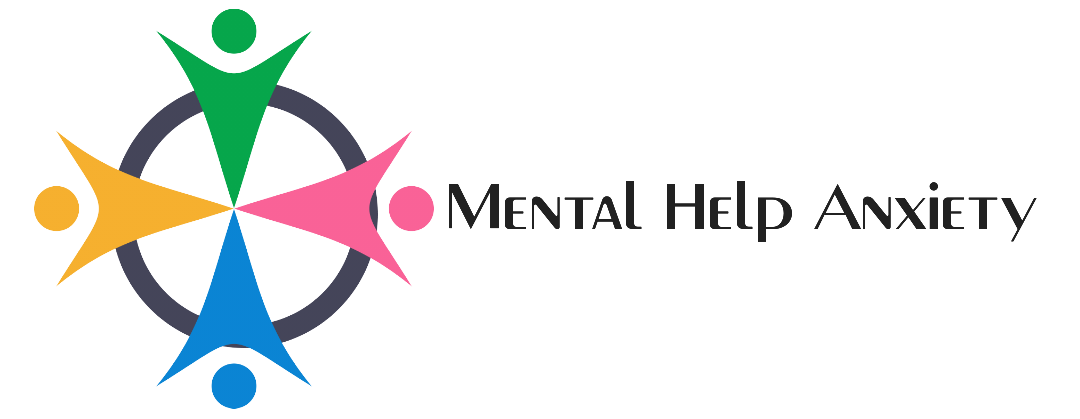The modern workplace is a dynamic environment where diverse personalities, working styles, and cultural backgrounds converge. While this diversity can foster creativity and innovation, it can also lead to tension between coworkers. If not addressed, this tension can harm individual productivity, team cohesion, and overall organizational health. Understanding the root causes of workplace tension and implementing effective strategies to manage it is crucial for maintaining a harmonious and productive work environment.
Root Causes of Workplace Tension
1. Communication Breakdown: Communication is the cornerstone of effective teamwork. When communication is unclear, infrequent, or overly critical, misunderstandings can arise, leading to frustration and conflict. Different communication styles—direct or indirect, formal or informal—can further exacerbate these issues.
2. Personality Clashes: Everyone brings their unique personality to the workplace. While diversity in personality can be beneficial, it can also lead to clashes. For example, an introverted employee may feel overwhelmed by an extroverted coworker’s constant need for interaction. At the same time, a detail-oriented person may become frustrated with a colleague’s more big-picture approach.
3. Competition for Resources: Competition for limited resources, such as budget, workspace, or recognition, can create tension. When employees feel they must compete against their peers for these resources, it can foster an environment of rivalry rather than collaboration.
4. Differing Work Styles and Expectations: People have different approaches to work. Some may prefer a structured and systematic approach, while others might thrive in a more flexible and spontaneous environment. When these differing work styles collide, it can lead to misunderstandings and frustration.
5. Unresolved Conflict: Conflict is inevitable in any workplace, but when it is not resolved effectively, it can fester and lead to long-term tension. Avoiding or ignoring conflicts often results in resentment and a breakdown in working relationships.
Impact of Workplace Tension
Unresolved tension between coworkers can have far-reaching consequences:
1. Decreased Productivity: When employees are preoccupied with interpersonal conflicts, their focus shifts away from their work. This distraction can lead to missed deadlines, lower quality of work, and overall reduced productivity.
2. Lowered Morale: A tense work environment can significantly affect employee morale. Constant tension can make the workplace feel hostile, leading to stress, anxiety, and burnout.
3. High Turnover Rates: Employees are more likely to leave an organization if they feel unhappy or stressed due to workplace tension. High turnover rates can be costly for businesses financially and in terms of lost knowledge and experience.
4. Damaged Professional Relationships: Tension can erode trust and respect between coworkers, making it easier to collaborate effectively. This breakdown in professional relationships can hinder team performance and innovation.
Strategies to Manage and Resolve Workplace Tension
1. Encourage Open Communication: Fostering an open and honest communication culture is essential for preventing and resolving tension. Encourage employees to express their concerns and provide constructive feedback. Regular team meetings and one-on-one check-ins facilitate this dialogue.Ways to Fight Depression and Anxiety
2. Implement Conflict Resolution Training: Training employees on conflict resolution can equip them with the skills needed to handle disagreements effectively. This training can include active listening, empathy, and negotiation techniques.
3. Promote Emotional Intelligence: Emotional intelligence (EI) involves recognizing and managing one’s own emotions, as well as understanding and influencing the feelings of others. By promoting EI in the workplace, employees can better navigate interpersonal dynamics and reduce tension.
4. Define Roles and Expectations Clearly: Unclear roles and expectations can lead to confusion and conflict. Ensure job responsibilities, performance standards, and team goals are clearly defined and communicated to all employees.
5. Foster a Collaborative Environment: Encouraging collaboration rather than competition can help reduce tension. Team-building activities, collaborative projects, and a focus on shared goals can foster a sense of unity and cooperation.
6. Address Issues Promptly: When tension arises, it is crucial to address it promptly rather than allowing it to escalate. Managers should proactively identify and resolve conflicts, providing support and mediation when necessary.
7. Promote Work-Life Balance: A healthy work-life balance can reduce stress and prevent burnout, which in turn can help mitigate tension. Encourage employees to take breaks, use their vacation time, and maintain a healthy balance between work and personal life.
8. Provide Support Systems: Support systems, such as employee assistance programs (EAPs), can help employees cope with stress and interpersonal conflicts. EAPs often provide counseling, mediation services, and other resources to support employee well-being.
Conclusion
Tension between coworkers is an inevitable part of any workplace. However, organizations can create a more harmonious and productive work environment by understanding the root causes and implementing effective strategies to manage and resolve conflicts. Encouraging open communication, promoting emotional intelligence, and fostering a collaborative culture are critical to mitigating workplace tension. By addressing issues promptly and providing the necessary support, businesses can ensure that their employees remain engaged, motivated, and productive, ultimately contributing to the organization’s success.



